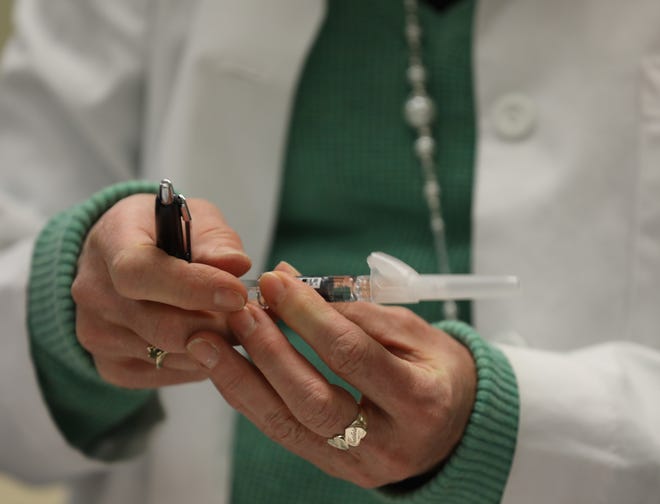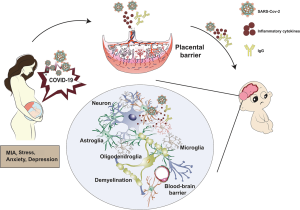This fall’s flu season in New York is off to a “early and aggressive” start, with swiftly spreading respiratory infections of various types triggering national public health concerns, according to health officials.
As of Oct. 1, New York had roughly 600 confirmed flu cases, about four times the number of illnesses in the same period last year.
Meanwhile, the resumption to in-person learning this school year, as well as the repeal of indoor mask laws and other COVID-19-fighting initiatives, is projected to trigger waves of illnesses from a variety of viruses this autumn and winter.
Amid the concerns, health officials urged New Yorkers to get their flu shot and COVID-19 booster to help limit severe illnesses and reduce the strain on hospitals.
“I urge all New Yorkers to protect themselves and their family and friends by getting a flu vaccine as soon as possible,” state Health Commissioner Dr. Mary Bassett said in a statement, noting the COVID-19 booster can be taken at the same time as the flu shot.
How many flu cases in New York?
To understand New York’s flu warning signs this season, consider the statewide tally overall in the 2020-21 season was about 4,900 cases. The virus struggled to spread in part due to widespread mask wearing indoors as many people worked and learned remotely.
By contrast, the flu count totaled nearly 158,000 cases in 2019-2020, a record high and up from 108,000 the prior season, state data show.
Further, flu-related hospitalizations during those prior seasons topped 15,500 statewide, underscoring the potential fallout for New York hospitals if cases spike this season. Nationally, the flu kills thousands of Americans each year, with a recent high of 52,000 deaths in 2017-18, federal data show.
Last season, New York reported nearly 126,000 flu cases in a season that extended into June and, strikingly, the current season so far is outpacing all of the recent seasons.
The flu vaccine is available to those six months and older. But those aged 65 years and older, people with certain chronic medical conditions, young children and pregnant women are most in jeopardy of developing serious complications, which could require hospitalization and result in death.






